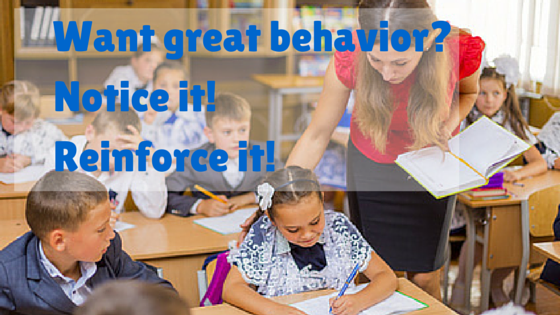By Luca Canever, TAGteach Faculty
At School
A new pupil with ADHD (I’ll call him J.) arrived in my sixth grade class a while ago. As soon as I was able to find the right reinforcement for him, I was also able to strengthen “good” (for the teacher) behaviors, such as sit, write or watch what is written on the blackboard. I was able to tag (make a click sound with tagger) in order to mark (bring to his attention) his “good” behaviors and follow up with a reinforcer (something he liked and wanted to get more of). After the first hour of practice, J. understood the significance of the tag sound and began to exhibit these behaviors more consistently. There is just one problem remaining to be solved, and that is the subject of this article… transitions.
Transitions
My theory is that, as living beings we must (in order to be “alive and kicking”) do something, or if you prefer, to behave. That’s what sets us apart from a stone. J. manifests his vitality (in the sense of “being alive”) with behaviors that can also be problematic if the boy is left free to choose his reinforcement from whatever the environment will provide. TAGteach helps J. to choose reinforcements that are more compatible with the normal management of a school class. Let me be very clear on this point: the use of the tagger is not “forcing” J. to sit; the use of the tagger provides the incentive for J. to choose to remain seated. I think the “problem behaviors” are nothing more than the independent seeking of reinforcement from the environment. Being independent (i.e., self-managed) this seeking can lead to things that may not be suitable. For example, yelling and throwing things in the classroom. J. does this because these are the strategies that he learned have been reinforced in the past. In cases like his, but also in general, the best way to influence behavior is to arrange for continuous and substantial opportunities for reinforcement of good behavior. This is also the best way to manage the behavior of the entire class.
Implementing TAGteach
With J. and his class I’m experiencing different situations in which I can use TAGteach. First: I gave J. a tagulator, then I tagged any good behavior: sit, write, wait. He pulls down a bead each time he get a tag. While I’m writing on the blackboard I reserve a corner with his name where I assign scores for him, providing the feeling of being constantly on the right track. In other situations I involve his classmates, handing the tagger to three of them and explaining what to tag. I chose these three pupils because they both can follow the lesson and, occasionally, tag the behavior of J. Peers marking J.might help me in the transitions mentioned at the beginning. If you have to wait because the teacher is preparing the next activity, there are peers who can tag your good behaviors. This setting worked, but not as well as I wanted and in any case, not all the time. Probably I have to do more to define other behaviors that J. can exhibit while waiting, providing him the opportunity to choose from many different good behaviors. Could the tag point be: “Hands on desk”? or “Pen ready to write?” or “Back on the chair”? …. I will try tomorrow.
About Luca
 a scientist, teacher and TAGteach Faculty member from Italy. Luca has been with TAGteach since the beginning and has been involved with development, application and training for many years. Luca has used TAGteach in sports, parenting, dog training and classroom teaching. He is dedicated to promotion of positive reinforcement based teaching and training. Visit his website at: http://www.tagteachitalia.com/
a scientist, teacher and TAGteach Faculty member from Italy. Luca has been with TAGteach since the beginning and has been involved with development, application and training for many years. Luca has used TAGteach in sports, parenting, dog training and classroom teaching. He is dedicated to promotion of positive reinforcement based teaching and training. Visit his website at: http://www.tagteachitalia.com/
TAGteach in the Classroom Webinar with Luca
Learn more about how to use TAGteach in the classroom in this 1 hour recorded webinar with Luca. You’ll find out how to improve your learners’ success with reading and writing skills, how to encourage them to help and teach each other, how TAGteach can help with classroom management and safety drills training.
Questions for Luca or Other TAGteachers?
Join our Facebook group: TAGteach Forum and ask Luca and the other TAGteach Faculty and practicing TAGteachers your question or share your successes.
